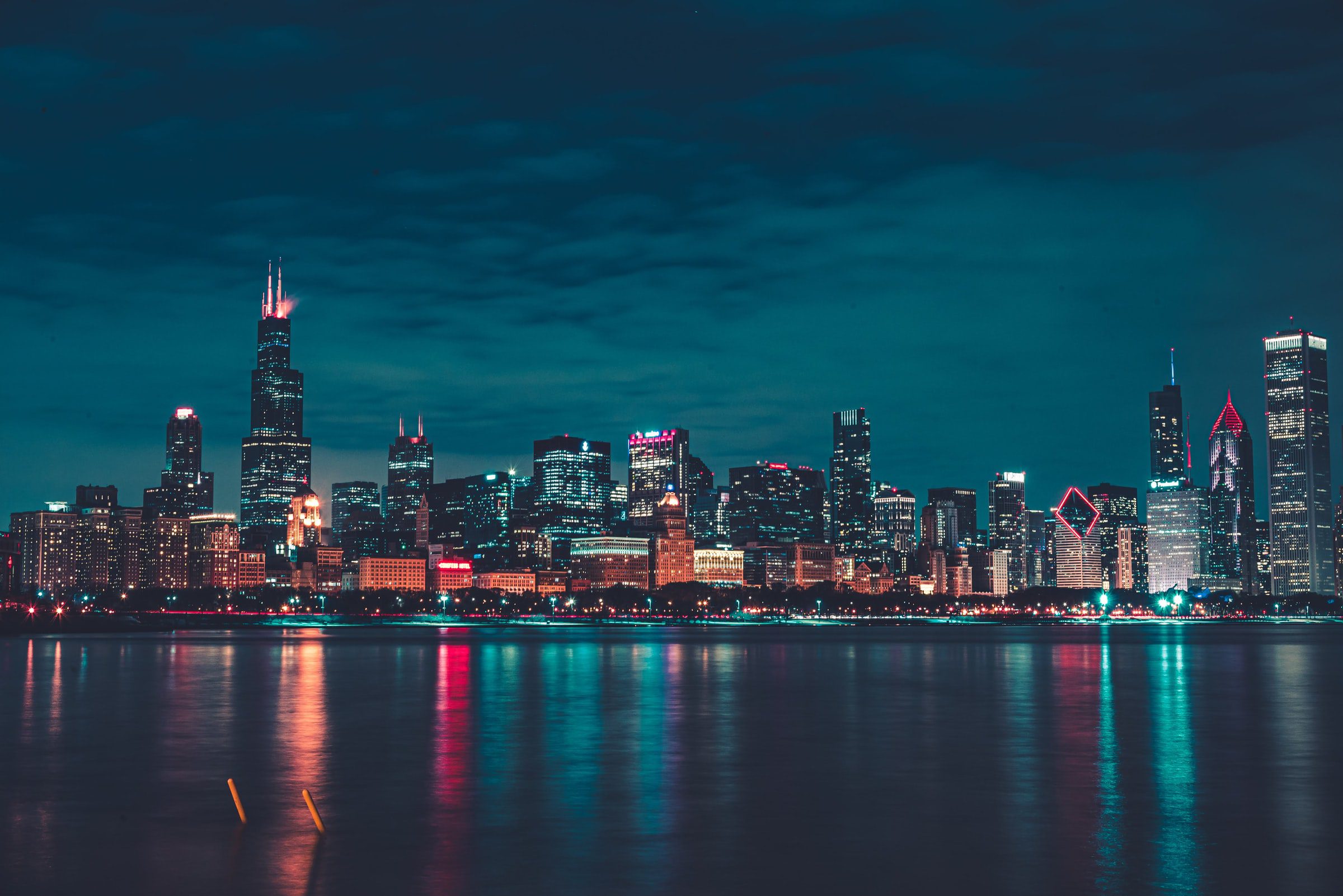This September, Illinois Governor J.B. Pritzker signed into law SB2408, the Climate and Equitable Jobs Act. The now-law outlines a myriad of agenda items, including goals to combat climate change, livable wage opportunities for under-recognized populations, and extensive investment in renewable energy infrastructure.
Illinois is no stranger to a forward-thinking climate action agenda. In 2016, the state adopted the 2016 Future Energy Jobs Act (FEJA) that created a strong foundation of clean energy initiatives and renewable energy training programs. SB2408 offers a revised timeline on some of the items outlined in the 2016 FEJA, altering intermediate goals for emissions mainly while keeping the ultimate goal of carbon neutrality the same.
The Climate and Equitable Jobs Act sets a high bar for other states or municipalities pursuing a similar agenda.
The most outstanding of the bill’s inclusions is Illinois’s requirement for all power to be derived from carbon-free, renewable energy sources by 2050, with the phasing out of coal and natural gas power plants by 2045 at the latest. By 2038, both coal and natural gas power plants must decrease their pollution by 45%.
As Illinois powers down its greenhouse gas-emitting sources, it will be multiplying its renewable energy sector by more than five times its current size. This will require an annual investment of $580 million, roughly double the state’s current expenditure for the industry. However, the investment will allow Illinois to accelerate its wind and solar sourcing rapidly, reaching a level of 40% by 2030 and 50% by 2040. Previous legislation only ensured 25% wind and solar utilization by 2040. An Energy Transition Workforce Commission will oversee these.
Despite SB2408’s highly technical provisions, the importance of social initiatives is not forgotten in the legislation. As long-standing industries and power plants are downsized and ultimately dissolved, those employed by the fossil fuel industry will find themselves displaced. The law establishes a “bill of rights” for these displaced workers, providing them with training and education to translate their previous work into the clean energy industry, should they desire to stay in the energy sector. The bill allotted $40 million annually for these items.
In addition to the education funding for current energy industry employees, the bill also allows for up to $115 million annually to establish a new workforce through educational programs at state and local institutions, focusing on Black, Indigenous, People of Color (BIPOC).
The newly created educational programs provide stable, entry-level roles in the clean energy industry with room for upward mobility.
Finally, the bill outlines ambitious electric vehicle goals. These include the installation of additional electric vehicle charging stations, furthering the infrastructure that makes EVs a viable option for consumers, particularly in rural or suburban areas. The legislation creates a newly appointed Electric Vehicle Coordinator who will report to Governor Pritzker. Lastly, the proposal calls for a target of 1 million EVs on Illinois’s roads by 2030.
Illinois is the first midwestern state to adopt these statewide requirements but joins other states like California, New York, New Mexico, and Virginia who have adopted similar parts of SB2408 in past years. Governor Pritzker called the bill “the most significant step Illinois has taken in a generation toward a reliable, renewable, affordable and clean energy future.”





